In the vast, icy expanse of our planet’s extremities, history sleeps beneath layers of frost. Frozen animal remains, preserved for millennia, offer a window into a past we never knew existed. These remarkable discoveries not only captivate our imagination but also reshape our understanding of evolution, survival, and the delicate intricacies of nature. Dive into these ten groundbreaking finds that have redefined our perception of the natural world.
1. The Woolly Mammoth: A Giant’s Return
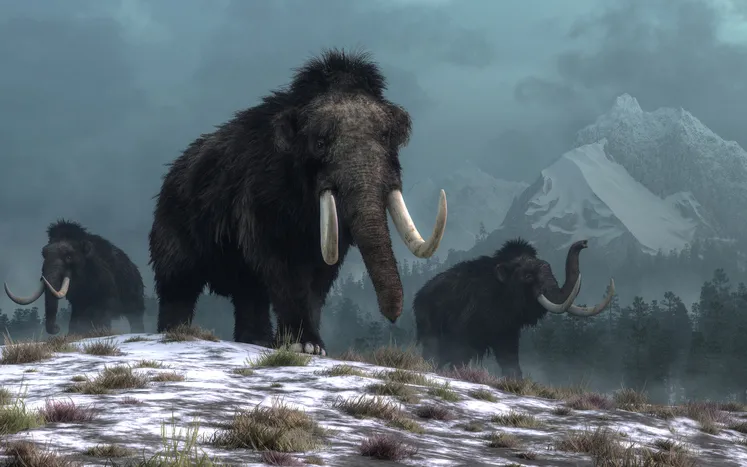
The discovery of a nearly intact woolly mammoth in Siberia stirred both scientific communities and our collective imagination. Unearthed in 2013, this young specimen, believed to be over 39,000 years old, provided invaluable insights into the majestic creatures that once roamed the Earth. According to Penn State University, genetic material extracted from the mammoth is helping researchers explore possibilities of de-extinction, an idea that teeters on the edge of science fiction and reality.
More than just a marvel to behold, this woolly mammoth challenges our understanding of evolution and extinction. As scientists unravel its DNA, they gain clues about how these giants adapted to their harsh, icy environment. The mammoth’s discovery also raises ethical questions about our role in resurrecting long-extinct species. Could we potentially bring back ecosystems from thousands of years ago? This haunting presence from the past forces us to rethink not only our history but our future.
2. The Mummified Cave Lion Cubs: Frozen in Time
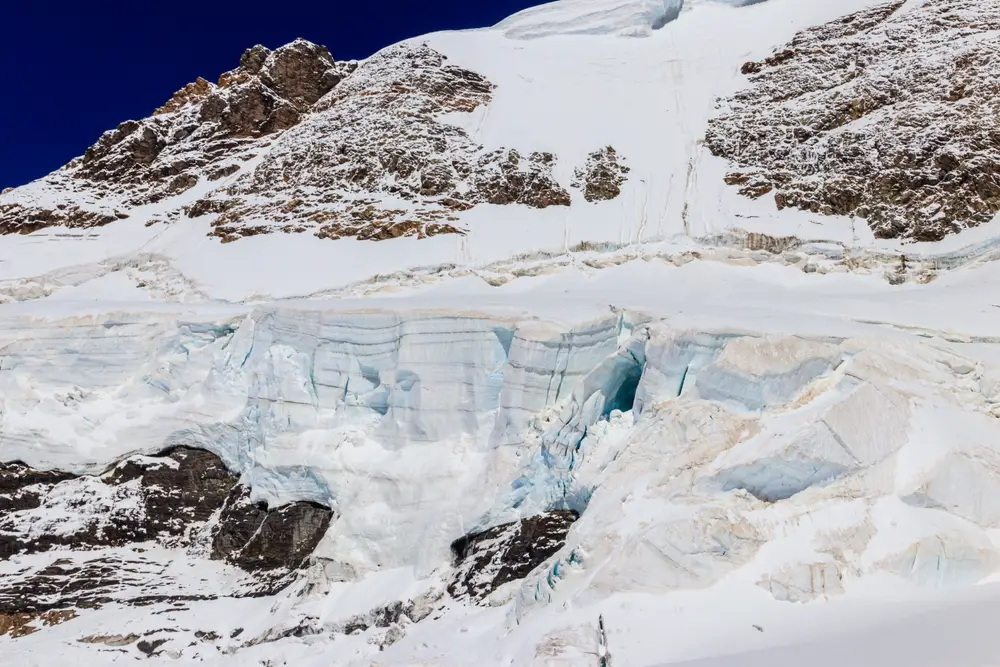
In a stunning find, two mummified cave lion cubs were discovered in the Siberian permafrost, perfectly preserved and believed to be around 12,000 years old. These cubs, named Uyan and Dina, provide a glimpse into the lives of these ancient predators, once rulers of the icy landscapes. According to IFL Science, the specimens’ intact features have offered researchers a rare opportunity to study their anatomy and potentially clone these majestic beasts.
Beyond their immediate scientific value, these cubs ignite our imagination about life tens of thousands of years ago. The exceptional preservation lets us peer into the Ice Age, a time when vast swathes of the Earth were covered in ice and the balance of life was starkly different. Understanding these creatures’ diets and habitats deepens our knowledge of ancient ecosystems, offering clues about how climate change may have impacted biodiversity then and now. As we unravel these mysteries, we gain fresh perspectives on both creation and extinction.
3. Yukagir Bison: The Oldest Cold Case
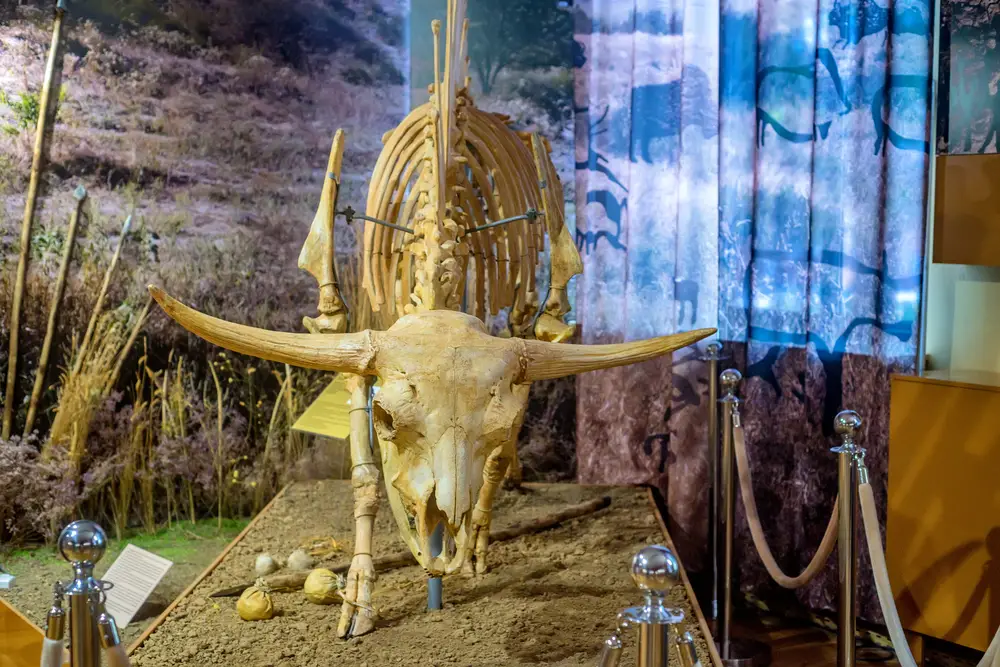
Discovered in 2011, the Yukagir Bison, an almost perfectly preserved steppe bison, dates back approximately 9,300 years. This remarkable find in the chilly reaches of Siberia has provided researchers with a wealth of information about these formidable herbivores. According to Live Science, the bison’s well-preserved organs—including its heart, blood vessels, and digestive system—have allowed scientists to study its diet and compare its genetic makeup with modern descendants.
The Yukagir Bison’s story is a crucial puzzle piece in understanding how species migrate and adapt to changing climates. Its preservation has sparked discussions about the resilience and adaptability of species in the face of environmental change. The bison’s remains serve as a biological time capsule, providing raw data on the flora and fauna of its era. In examining this ancient creature, we are reminded of the complex interplay between life and the environment—a dance that continues to this day.
4. The Ice Maiden: A Glimpse Into Ancient Rituals
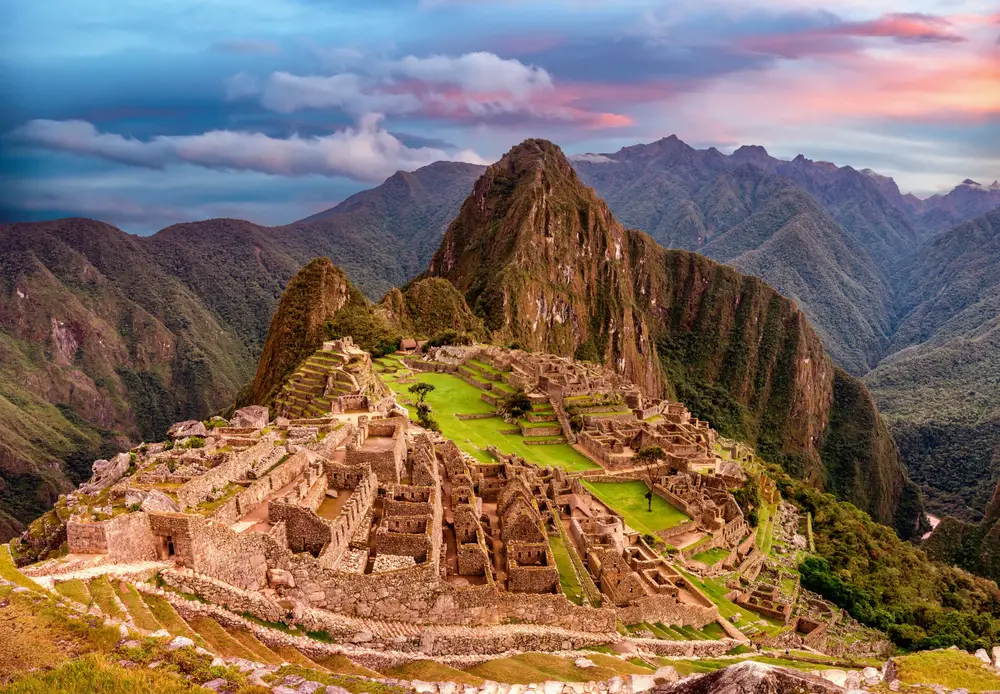
Discovered in 1993 atop Peru’s Mount Ampato, the Ice Maiden—also known as Juanita—is a mummified Inca girl who died over 500 years ago. Her incredibly well-preserved remains have shed light on Inca culture, particularly their ritualistic practices. Wrapped in fine textiles and accompanied by ceremonial artifacts, she offers a rare insight into the spiritual world of this powerful empire.
The Ice Maiden’s discovery is not just a story of preservation but also one of cultural significance. Her presence high in the mountains suggests that she was part of a sacrificial ceremony to appease the gods, a practice that held deep meaning in Inca society. According to Mummy Juanita: The Story Behind The Inca Ice Maiden Sacrifice, her well-preserved remains have revealed important insights into Inca rituals, their beliefs, and their way of life. The layers of textiles and artifacts found with her reveal the rich tapestry of Inca life—from their weaving techniques to their religious beliefs. This find has deepened our understanding of how ancient civilizations viewed life, death, and the cosmos.
5. The Yuka Woolly Rhinoceros: A Lost Giant
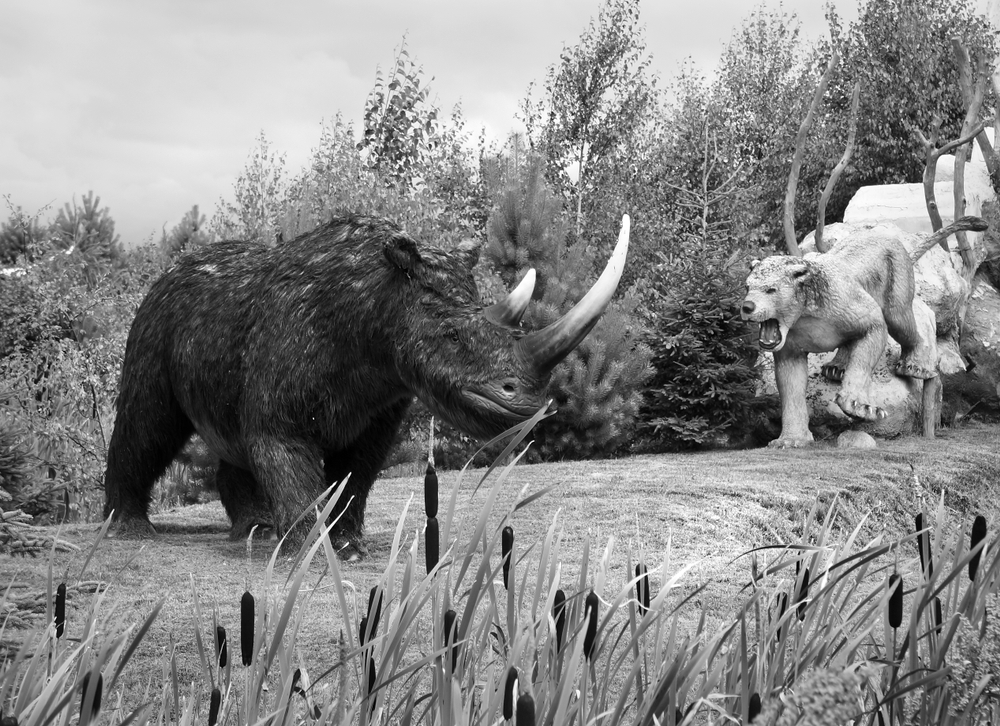
In 2007, scientists unearthed a remarkably well-preserved woolly rhinoceros in Siberia, nicknamed “Yuka.” This find, estimated to be over 39,000 years old, has provided significant insights into the life and environment of these extinct herbivores. Yuka’s remains, including its horn, fur, and internal organs, have been meticulously studied to understand its diet and the climatic conditions of its time.
The Yuka rhinoceros forces us to reimagine the past landscapes where these beasts roamed freely. It also challenges assumptions about the extinction processes that wiped out many megafauna species. By analyzing Yuka, scientists hope to unravel the mysteries of adaptation and survival in extreme climates. This ancient rhinoceros serves as a poignant reminder of the Earth’s ever-changing environment and the delicate balance required to sustain life.
6. The Tumat Puppy: Man’s Oldest Friend
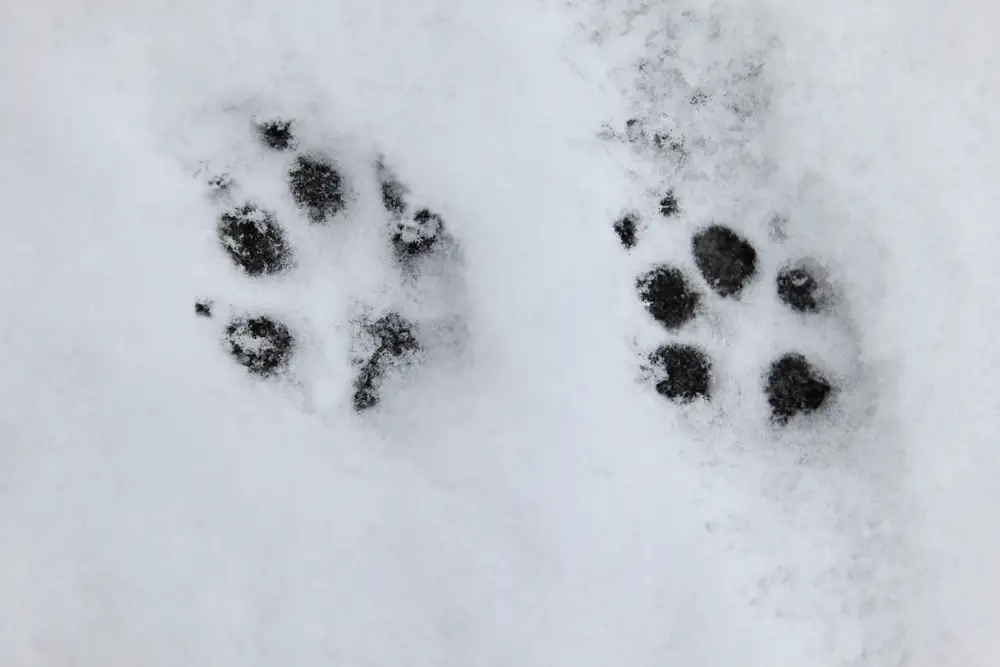
In 2011, the frozen remains of a puppy, dating back 12,400 years, were discovered in the Siberian tundra. This ancient canine, known as the Tumat Puppy, is one of the oldest dogs ever found, providing a crucial link in the history of domesticated animals. Its pristine condition has allowed researchers to study its brain and stomach contents, offering a glimpse into its diet and environment.
The Tumat Puppy not only enriches our understanding of canine evolution but also highlights the longstanding bond between humans and dogs. As we piece together its story, we learn about the early domestication processes and the roles dogs played in human societies. The puppy’s discovery is a testament to the enduring relationship between humans and animals—a partnership rooted in survival and companionship. As researchers continue to study the Tumat Puppy, they uncover layers of history that connect us to our distant ancestors.
7. The Altai Mountain Ibex: A Survivor’s Tale

In the remote reaches of Mongolia’s Altai Mountains, a mummified ibex was discovered in 2018, dating back over 2,000 years. This rare find has provided scientists with valuable data on the species’ adaptation strategies and migration patterns. The ibex’s preservation has allowed for detailed studies of its anatomy, offering insights into its diet and the harsh climate it endured.
The Altai Mountain Ibex’s story showcases the resilience of life in extreme environments. Its discovery has prompted renewed interest in understanding how animals adapt to high altitudes and changing climates. By studying the ibex, researchers hope to gain insights into the evolutionary processes that enable species to survive in challenging conditions. This find is a reminder of nature’s tenacity and the intricate connections between organisms and their habitats.
8. The Salla Monkey: An Ancient Primate
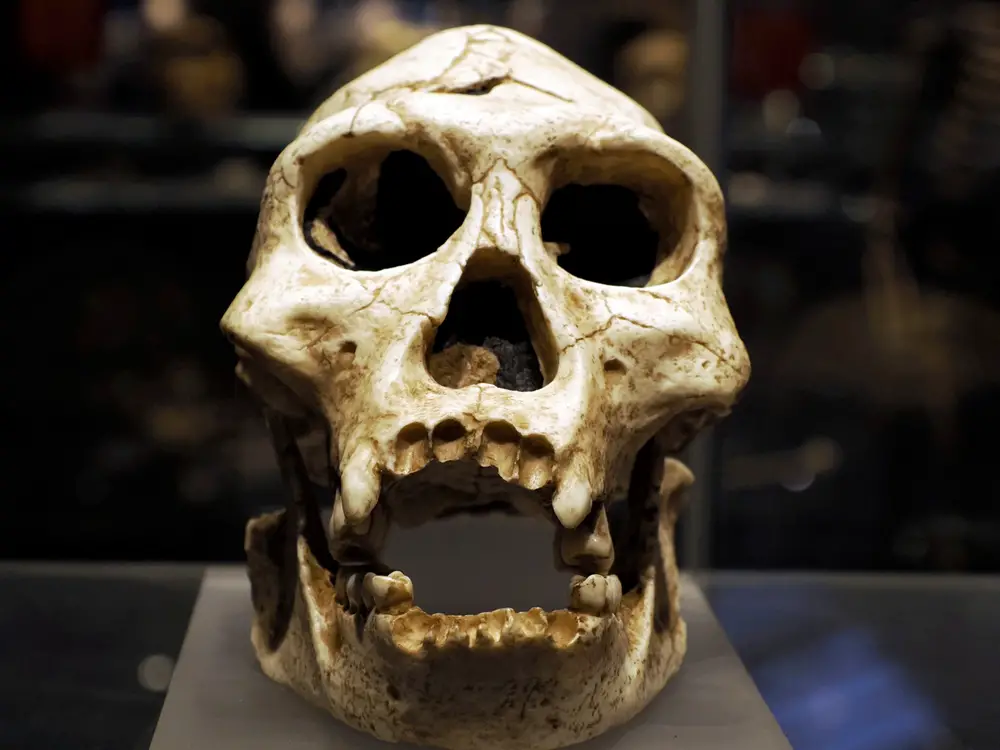
A frozen monkey skull, dating back over 20 million years, was discovered in Bolivia’s high-altitude Salla region. This ancient primate, belonging to the genus Homunculus, provides a rare glimpse into the evolutionary history of New World monkeys. The skull’s preservation has allowed scientists to study its brain structure and dental features, shedding light on the primate’s diet and ecological niche.
The Salla Monkey’s discovery challenges our understanding of primate evolution in South America. It reveals that early primates were more diverse and widespread than previously thought. By examining the monkey’s anatomical features, researchers gain insights into the adaptive strategies that allowed primates to thrive in diverse environments. This ancient primate’s story underscores the complexity of evolution and the dynamic interplay between species and their habitats.
9. The Little Foot: An Early Human Ancestor

In South Africa’s Sterkfontein caves, the nearly complete skeleton of an ancient hominin known as “Little Foot” was unearthed. Estimated to be over 3.6 million years old, Little Foot provides a detailed look into the anatomy and lifestyle of early human ancestors. The skeleton’s preservation has allowed scientists to study its bone structure, offering insights into its locomotion and environment.
Little Foot’s discovery has significantly altered our understanding of early human evolution. It reveals that our ancestors were more diverse and widespread than previously believed. By examining Little Foot’s skeletal features, researchers gain insights into the evolutionary adaptations that paved the way for modern humans. This find challenges traditional narratives of human evolution and highlights the complexity of our ancestry.
10. The Siberian Unicorn: A Myth Becomes Reality
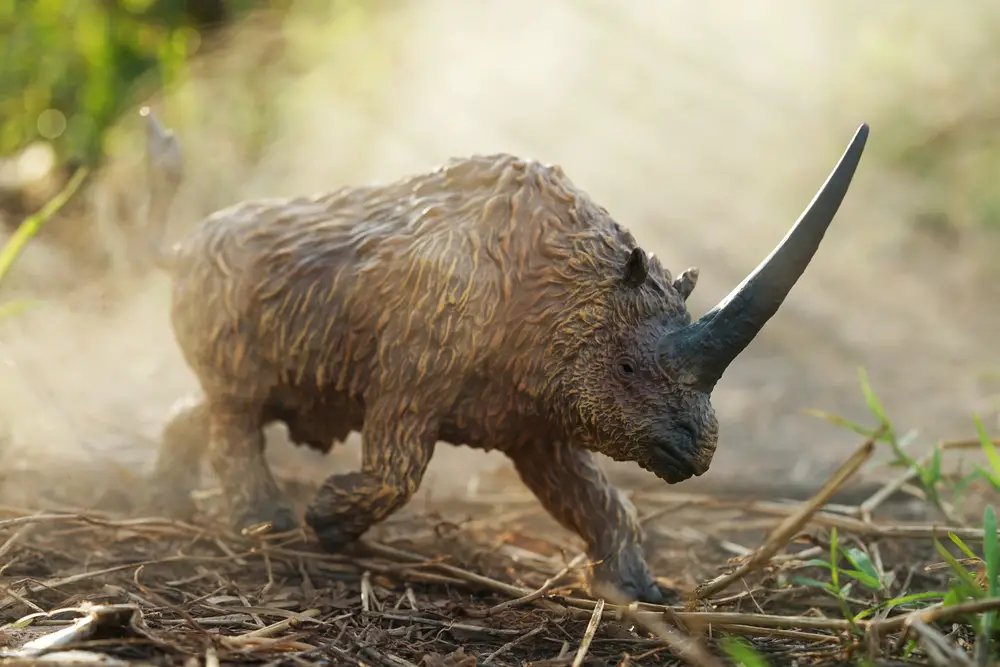
In 2016, scientists discovered the remains of a prehistoric creature known as the Siberian unicorn, or Elasmotherium, in Kazakhstan. This extinct rhino species, dating back 29,000 years, has long been shrouded in myth and legend. The discovery of its well-preserved skull has provided valuable information about its size, diet, and habitat.
The Siberian unicorn’s story blurs the line between myth and reality, challenging our understanding of ancient faunal distributions. Its existence suggests that large, horned animals inspired myths and legends across cultures. By studying the Siberian unicorn, researchers gain insights into the ecological roles these creatures played and the factors that led to their extinction. This discovery serves as a reminder of the blurred lines between myth and science, and the potential for ancient stories to hold kernels of truth.
